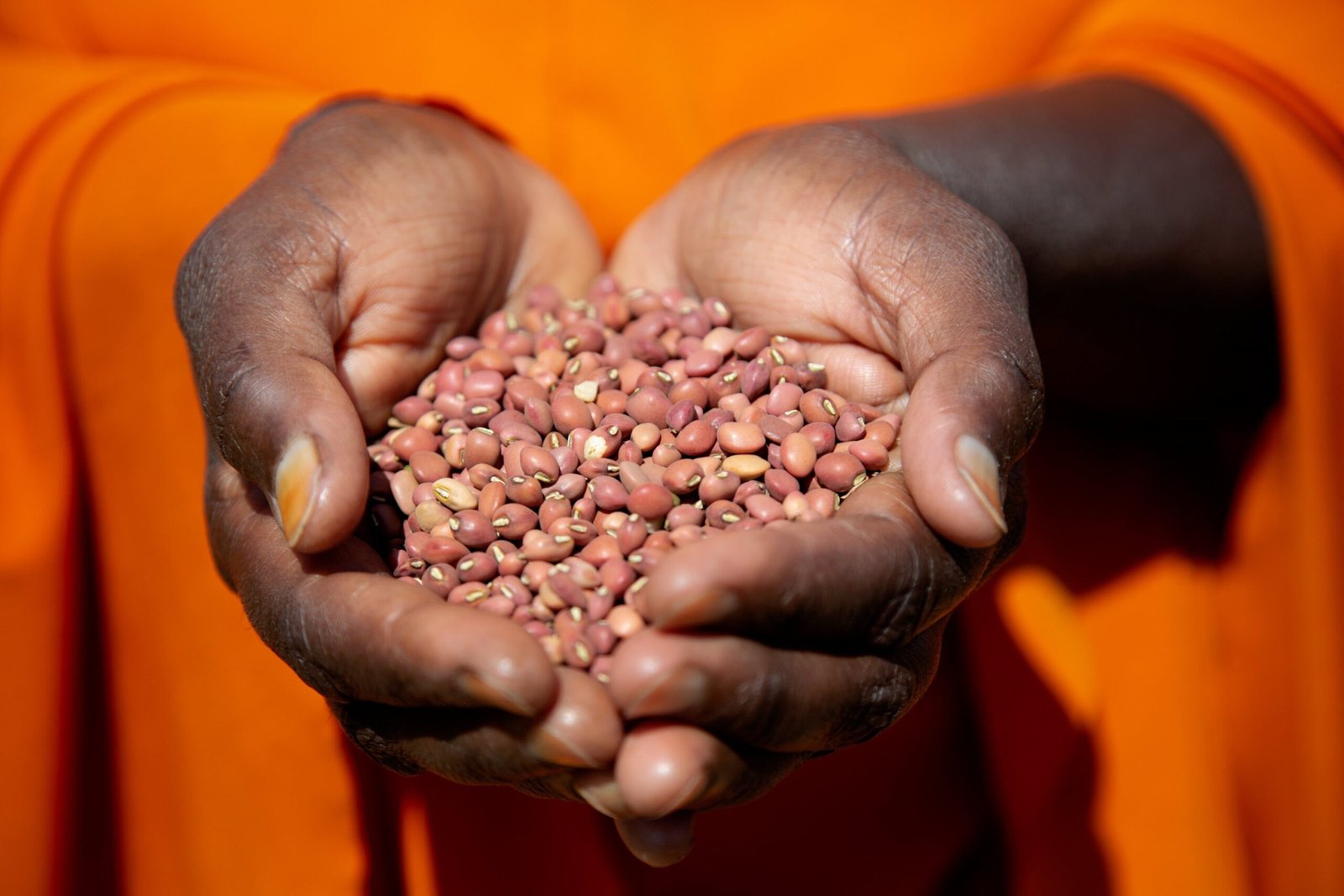Inside BENEO’s new pulse plant: pioneering sustainable protein from faba beans
Contribution of pulses to healthy diets is not only limited to their high protein content but also to being low in fat and high in fibre
Following the successful celebration of the International Year of Pulses in 2016, every 10 February the Food and Agriculture Organisation of the United Nations (FAO) celebrates World Pulses Day.
This year’s theme “Pulses for a Sustainable Future” highlights how pulses, the edible seeds of leguminous plants such as beans, lentils, peas and chickpeas, are increasing the resilience of farming systems and improving lives thanks to their low water footprint, drought tolerance and resistance to climate related-disasters.
It also puts a spotlight on the global pulses sector, and how it can be a positive driver in ensuring the resilience of regional and global supply chains, enabling consumers to access nutritious foods, and contributing to the sustainable use of natural resources in the production of pulses.
While beans, chickpeas and peas are the most well-known and commonly consumed types of pulses, there are several other lesser-known varieties from around the world such as vetches, lupins, and Bambara beans, all beneficial for food security, nutrition, health, climate change, and biodiversity.
As pulses support all dimensions of sustainability, including them in agrifood systems is key to achieving the Sustainable Development Goals (SDGs).
Since 2023 has been designated the International Year of Millets, FAO highlights that there are many linkages and synergies between pulses and millets.
Both pulses and millets contribute to food security and to diversified, nutritious and healthy diets, and have adapted to adverse climatic conditions, allowing them to grow on poor and marginal soils.

